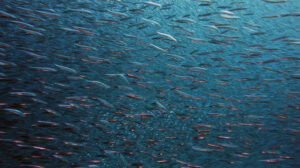More than 40% of the world’s rivers may be “swimming” with drugs, narcotics and substances harmful to fish and the environment. According to the Natural History Museum of Great Britain the … range varies from common drugs such as anti-inflammatories and antibiotics, to illegal substances such as cocaine released into the waterway with serious impacts on fish behaviour and nature. In detail, 61 different drugs were detected in more than 1,000 different locations in 104 different countries with levels of substances exceeding safety limits.
And in the case of the US, a national study by the US Geological Survey in early 2000 revealed that 80% of streams in the US carried traces of pharmaceuticals, from painkillers to contraceptives and antidepressants.
At the European level, an earlier study by the University of Naples Federico II showed that drugs, and cocaine in particular, end up in wetlands, affecting the behaviour of eels to such an extent that they are unable to reproduce.
Now, newer research is coming to confirm all of the above and add further evidence of fish substance addiction and… bird depression.
As the body metabolizes the drugs we consume, a significant portion is excreted in urine, feces and sweat, ending up through household sewage into drains that in turn reach the water system and from there are released into the environment where in their passage they encounter fish, birds, plants.
Animals, therefore, when they come into contact with the substances radically change their behaviour, as it has been observed that they become addicted to them, developing, among other things, anxiety disorder and low libido, with scientists warning that pharmaceutical pollution is taking on significant dimensions, threatening nature.
Read more: www.newmoney.gr
Ask me anything
Explore related questions





